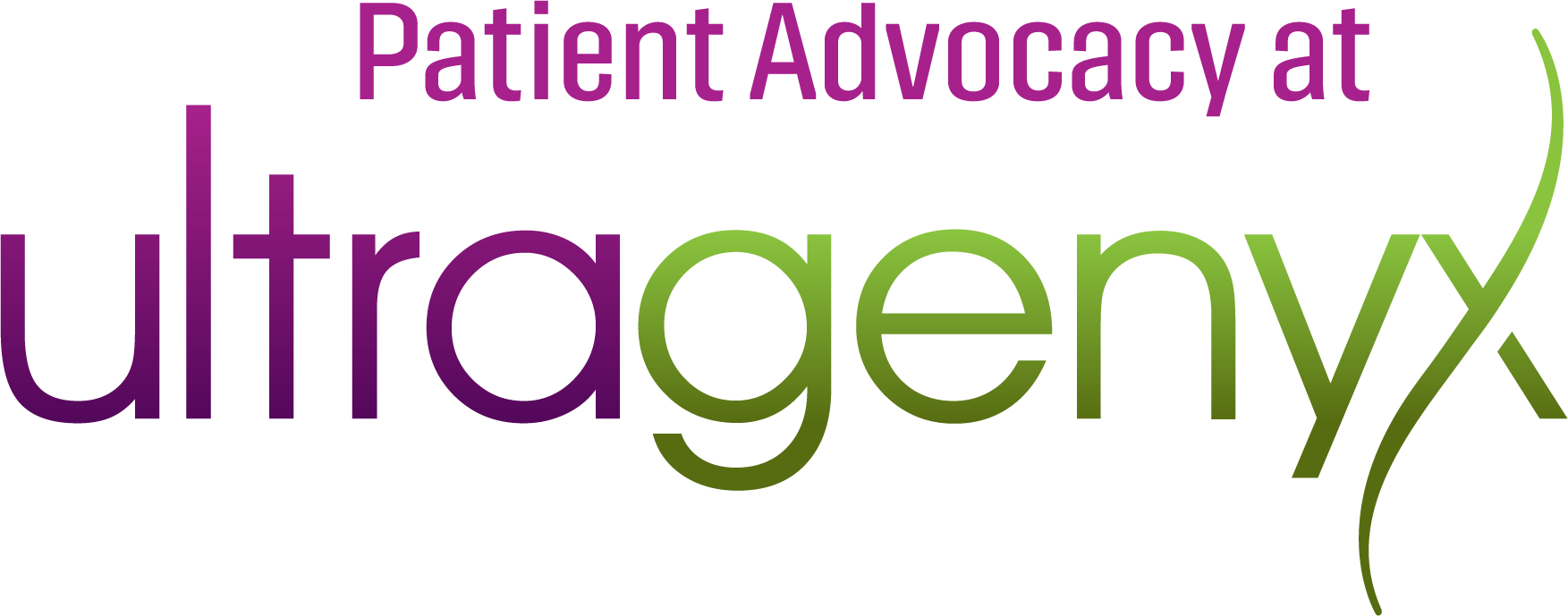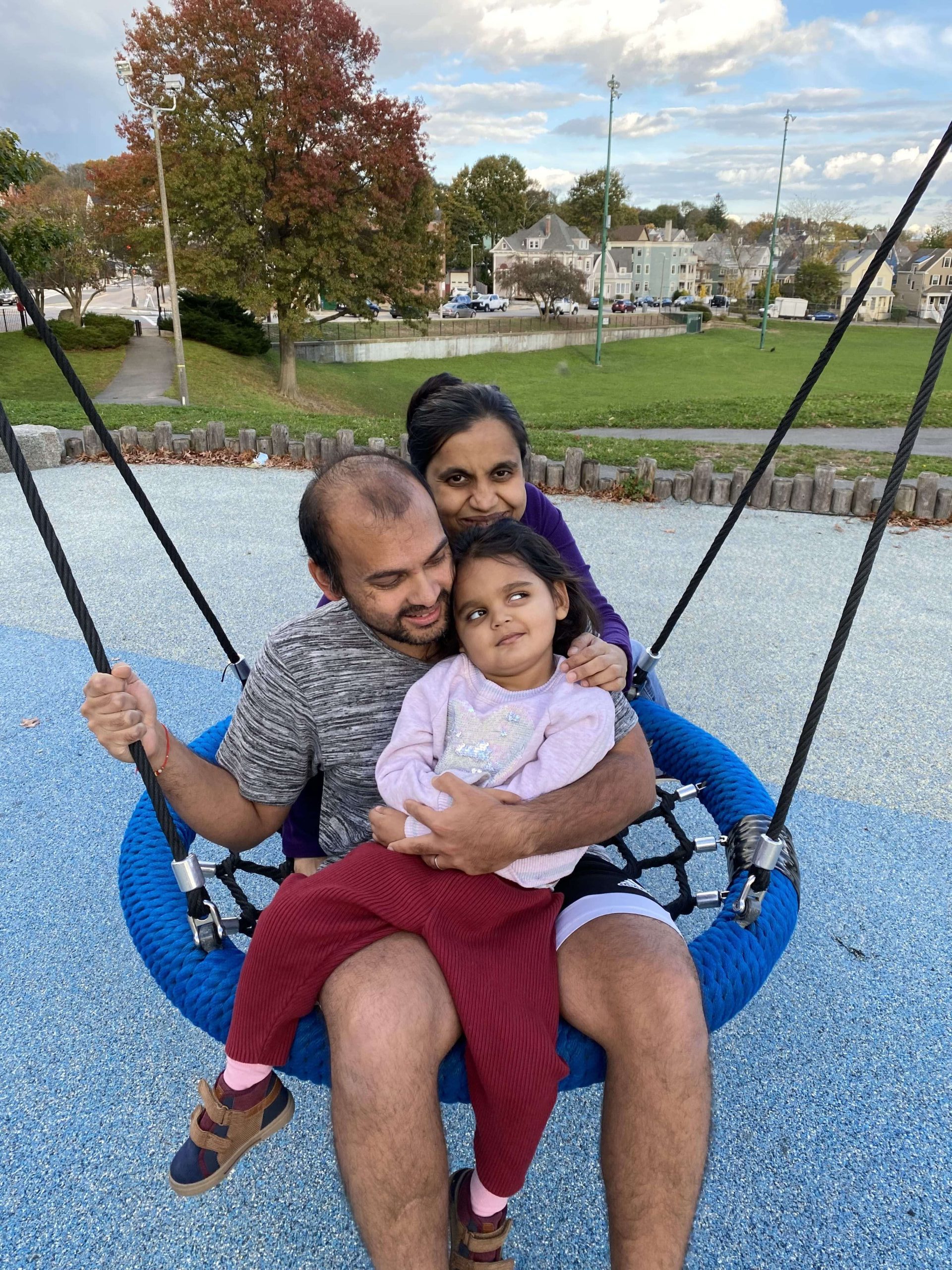One Day at a Time with CDKL5 Deficiency Disorder (CDD)
When we first found out that we were having a baby in 2017, we were overjoyed. The pregnancy was full term with no complications. We did every test offered to us, including all genetic tests to make sure there were no complications. After a scare of an emergency c-section, we thought all of that was behind us when we finally went home in two days with a seemingly healthy baby.
Who knew it would all change so quickly in only 20 days! Reyna started having abnormal, brief hand and eye movements that were difficult to video record. We were hoping that they were just baby movements and would go away. We managed to finally capture the movements on video and share the video with our pediatrician.
I will never forget that day. We got a call from a neurologist within minutes of sending the video. She wanted us to bring Reyna in right away to the hospital for an EEG (an electroencephalogram is a recording of brain activity).
That started our road down endless tests. Blood work, MRI, EEG, genetic testing. We got our answer in two months: a VOUS on the CDKL5 gene. All the letters sounded alien to us. Reyna has a Variant of Unknown Significance (VOUS) on the CDKL5 gene. The doctor explained that even though Reyna had a deletion on the CDKL5 gene, there was a chance she may outgrow it. However, after three antiepileptic drugs did not control the seizures and us parents tested negative for the same variant, the doctor confirmed that the CDKL5 gene deletion was disease causing and Reyna would not outgrow it.
Searching for answers
One piece of the puzzle was solved, but that brought on so many other questions. What are the treatment options? What does the prognosis look like? Will Reyna live like other children? Are we doing something that is triggering the seizures? What do we do to stop them? What do we not do? Among these questions and taking care of a non-stop seizing newborn, hospital appointments, therapies, and insurance issues, we were beyond overwhelmed.
Our first focus was to stop the seizures. Little did we know that epilepsy due to CDKL5 deficiency disorder (CDD) is very difficult to manage. We changed from one medicine to another like a kid trying flavors in the ice cream shop. Neither of the options available then worked, and Reyna started losing her head control as a side effect of one of the AEDs. The question on our mind was: is this is a side effect or the natural progression of the disorder? Upon starting the ketogenic diet which completely stopped the seizures at the time, we worked on a plan with the neurologist and weaned Reyna off all the medicines.
Little did we know that developmental delays are the bigger challenge. Reyna is not developing like other children. We’ve tried everything under the sun – different supplements, different diets, therapies, alternative medicines, anything we come across that may stand a remote chance at helping our little girl live a better life. Nothing seems to help.
We focused on intensive therapies, which included physical therapy, occupational therapy, speech therapy, aqua therapy, music therapy, and hippotherapy, and Reyna started making slow but steady progress. Reyna began to sit independently at age two, standing, taking supported steps, eating table food, clapping hands when happy, saying amma (for mom), dadda (for dad), hunga (for hungry). However, this cruel disorder took all of this from us overnight. We are told that CDD is not neurodegenerative. Then what happened to Reyna at age three? There are so many other parents who’ve experienced similar ‘regression’ in their children but do not have an explanation. No one knows. This is one of the most frustrating parts of CDD: there’s not enough answers.
Even after four and a half years of dealing with CDD, everything is still unpredictable. This disorder is always two steps ahead of us. The CDD prognosis doesn’t look good. Since there is no cure, seizures keep coming back with other issues – sleeplessness, decreased muscle tone (hypotonia), gastrointestinal issues, breathing, scoliosis, cardiac, kidney, everything. Some of these complications can be fatal.
Seeing her seize every day, being in so much pain, not being able to swat at that fly that’s bothering her, or express her feelings to us, feels like she is trapped in her body and that is heart breaking. Today, we’ve gone back to doing intensive therapies again, day in and day out. This seems to be the only option that helps a bit. Reyna seems to be almost ready to sit again, but she’s not sitting yet. We don’t know how long it may be before she starts sitting again – a few days, a few weeks, a few months, a few years, no one can say. As we look to the future, seizure control and developmental gains are two of the most important outcomes that we hope a new treatment option can address. That is our only hope now, taking one day at a time
Written by Jainu, Reyna’s father
CDKL5 Deficiency Disorder (CDD)
Learn more about CDKL5 Deficiency Disorder (CDD), accessing related resources, and finding opportunities to participate in research for CDKL5.
Learn More about CDKL5
